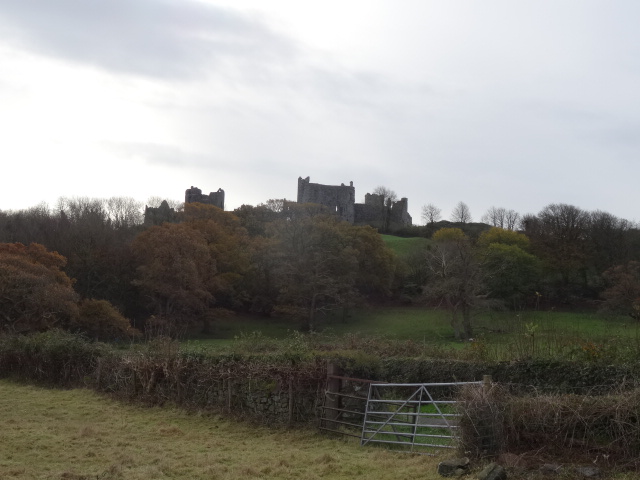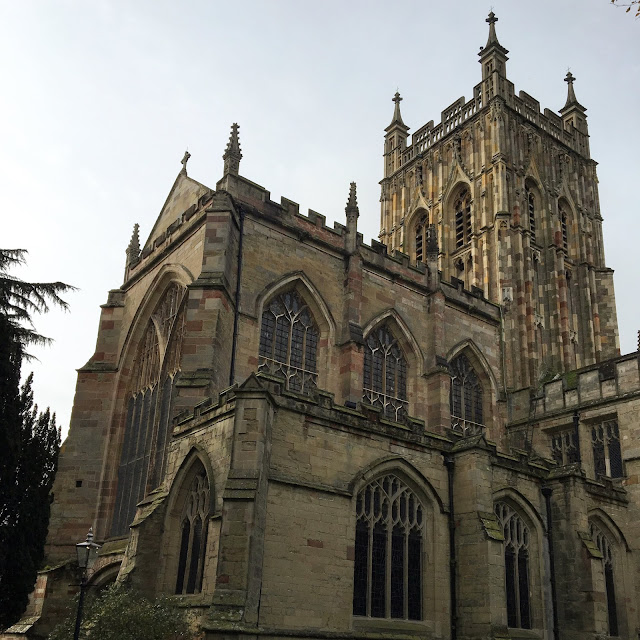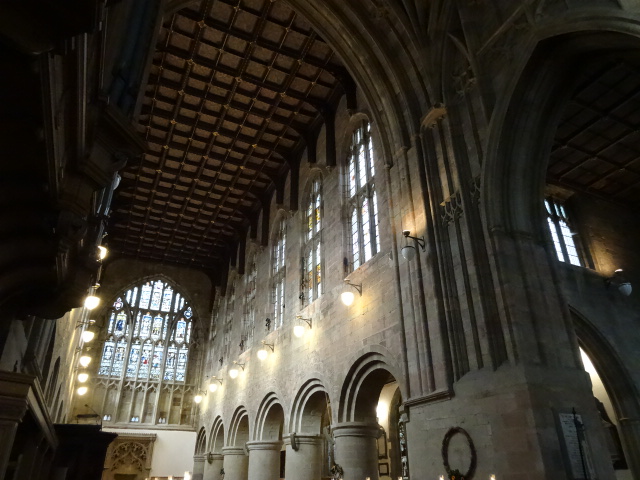'He that findeth his life he shall loose it; and he that loseth his life for mysake; he shall find it.'
'For the time being his only a blade of grass torn up his roots and blown through the air. And he feels it, and suffers for it, suffers often acutely!'
It was a relief, then, months ago now to read 'Laurus', a novel by the Russian historian Evgeny Vodolazkin, English translation by Lisa C Hayden. Here was something that was so deeply satisfying on so many levels: artistic, literary, intellectual and spiritual. At times it is deeply moving. (Here I feel I have to add an obligatory disclaimer: I am not commending a return to the superstitious world of the Medieval Russian Principalities. I wouldn't want to be misinterpreted after all! And the society depicted is deeply superstitious, bafflingly so at times.) Anyway 'Laurus' has been awarded all sorts of prizes but no prize should ever be wielded by a reviewer as a reason to go and read a novel. As I've never won that many I'm ambiguous about them - they probably are more political than the organisers care to admit and are probably also only of transitory significance. I tend to ignore them. Even the Nobel Prize.
Back to the novel. Deep in the bosom of Holy Mother Russia, that is the Orthodoxy of the time before the Petrine 'Reforms', before even the reforms of Patriarch Nikon and the schism of the Old Believers, in a society both organic and pre-Modern, rural and often isolating, a boy, Arseny, is raised by his grandfather, the local folk healer. Arseny has a gift for his grandfather's trade. A great gift. And concomitant with such a great blessing comes, as so often in life, a great price. That price, and it seems that Arseny cannot as a result accept death, is what pushes him out, firstly into the larger Russian environment and then further out still into Western Christendom and then the Middle East. Driven into the desert for the rest of his life haunted by his failure, forsaking houses, or brethren or sisters or father or mother or wife or lands*, unable to make a long lasting bound with another human being, endeavoring always to heal and save and cheat death. In spiritual terms his has entered into the state of Podvig that is 'spiritual struggle', what in Greek is called 'Catharsis.' I think some would describe Arseny as a marginal character, by which I mean one who dwells on the margins. I have to say I fight shy of such a description, as it is a misunderstanding of the central role of such figures in Russian, and indeed wider Orthodox, spirituality. Looking back now through the mist of several months I wonder how much autonomy, how much agency Arseny has in this process of spiritual being. At some points he is like a leaf carried on the wind of the Holy Spirit as he wanders through the bitter cold of a Russian winter barely, it seems, conscious. Arriving in the mercantile city of Pskov he (almost) finds himself a Holy Fool, the 'yurodivy'. I mean by that not some middle class bloke who dresses up as a clown occasionally for the benefit of middle-class Anglican congregations and then goes home again to the comfort of home, but somebody who has abandoned everything - home, possessions - even sometimes clothing - including the ability to be rational for the sake of participation with the Divine. Such figures continually re-occur in Orthodoxy, both consoling and disturbing. Paradoxical. But then Orthodoxy, unlike the West, has always found space for paradox. Alexy himself at one point lives with the bounds of a convent cemetery in a hovel he has constructed himself.
Thankfully Vodolazkin does not the weigh the narrative down with too much explanation - that recurrent sin, as I have mentioned before, of much Sci-fi and fantasy writing. And this novel is in a way a sort of fantasy novel in that Vodolazkin is engaged on some sort of Tolkeinesque sub-creation, for Medieval Russia is almost as far removed from our times and concerns as Middle Earth. Better just to throw the reader in and hope they can swim. A writer should make the reader do some work after all. Not that the novel isn't alive with wondrous and intriguing detail. It is one of its delights and provides so much compelling atmosphere. Vodolazkin is a scholar in the department of Old Russian Literature at the Institute of Russian Literature (commonly referred to as 'Pushkin House') in St Petersburg, and is therefore well placed for such an endeavour. Detail is one way in which the writer can show and not tell. (Possibly one of the greatest exponents of that was the French catholic novelist Francois Mauriac - a novelist I think everybody should read.)
'Laurus' is a book that stands in line of descent from the works of Dostoevsky and Pushkin before him, sharing a number of themes such as the spiritual role of Russia and the individual's spiritual struggle particularly in face of tragedy. The quotes above are taken from Dostoevsky's speech at the unveiling of the Pushkin Memorial in Moscow on June 20th 1880, describing Pushkin's character Aleko from his poem 'The Gypsies'. Dostoevsky uses Aleko as a metaphor for the rootless nineteenth century intelligentsia, but one feels, perhaps wrongly, that Arseny is like Aleko. He is both deeply encultured in the society around him and yet alienated from that wider Russian society by the potency of his gift and the inexpressible weight of grief his carries and the consequent fear of death. Arseny presents to us a character that has failed to integrate fully his self, and that failure is the fuel for the narrative drive. His journey is an attempt to achieve that integration. In some respects then Arseny is a extended metaphor of our own spiritual restlessness and our inability to deal with death.
I really can't recommend this book highly enough. Read it!
I really can't recommend this book highly enough. Read it!
* Matthew 19:29

















































